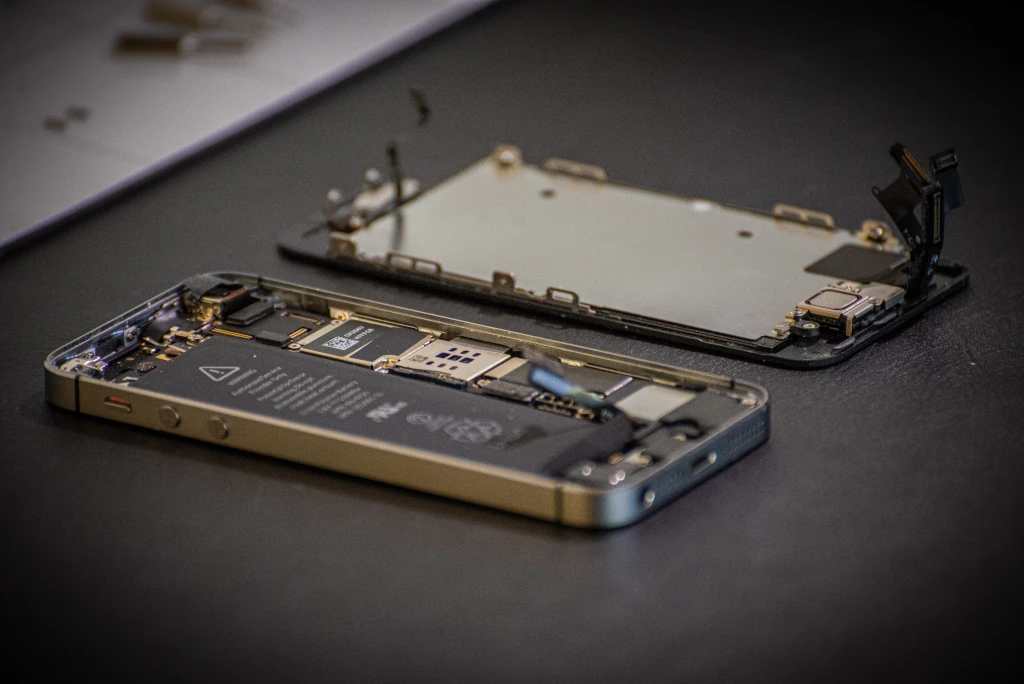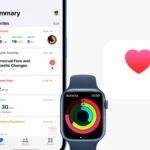Replacing an iPhone battery can be a practical choice to extend the device’s lifespan. When an iPhone’s battery starts to decline and can no longer hold a charge as it once did, performance may suffer. Apple provides battery replacement services, which might be free if the iPhone is under warranty or covered by AppleCare+ and the battery’s capacity is below 80% of its original capacity. If the service is not under warranty, there’s a fee.
Prior to disassembly, it’s important to prepare adequately to minimize risks such as potential fire if the battery is accidentally punctured. Users should discharge the battery below 25% and power off the device to ensure safety. Initiation of the battery replacement procedure requires removal of certain screws and adherence to specific disassembly steps, which demands a level of precision to avoid damage to the iPhone’s internal components.
New Innovations Are Transforming iPhone Battery Replacement
Replacing an iPhone battery used to be a daunting task—one that required prying through layers of adhesive, special tools, and a steady hand. But with recent advancements, especially in the iPhone 16 lineup, Apple is quietly revolutionizing how iPhone batteries are replaced, bringing the process closer to user-friendly territory. Here’s what you need to know about the latest developments in battery replacement technology, whether you’re a professional technician or a DIY enthusiast looking to stay informed.
Electrically Activated Adhesive: A Game-Changer
The biggest shift in the iPhone 16 battery replacement process lies in how the battery is attached. Apple has introduced a new electrically induced adhesive system that allows the battery to be removed using a small, controlled electrical current. Instead of wrestling with stretch-release tabs or risking damage to internal components, the battery can now be cleanly released in about 90 seconds by applying a low-voltage current—typically using a 9V trigger tool.
This change not only streamlines repairs but also aligns Apple with upcoming European regulations that mandate more sustainable, user-replaceable batteries. For repair professionals, this means less time spent on adhesive cleanup and fewer instances of torn flex cables or warped batteries during removal.
Metal-Encased Battery Design Improves Safety and Thermal Handling
In another significant departure from previous models, the iPhone 16’s battery is now housed in a metal enclosure rather than the thin foil wrapper used in earlier generations. This metal case plays multiple roles: it enhances structural rigidity, aids in even heat distribution during both use and charging, and works in tandem with the new adhesive system to make removal safer and more efficient.
For service providers, the benefit is twofold. Not only does this design reduce the chance of puncture-related hazards during extraction, but it also ensures that the battery itself remains more resilient over time—meaning fewer swollen or damaged batteries coming in for service.
Apple’s Self Service Repair Program: Empowering the Capable
While Apple still recommends professional service for most users, the Self Service Repair program has expanded to include all current iPhone models, including the 16 series. The program provides official repair manuals, genuine Apple batteries, and the necessary tools to carry out replacements at home or in independent shops.
Each kit is designed to match the complexity of the job, and now that iPhone batteries can be removed using electrical current rather than brute force or solvent-based methods, it’s becoming more viable for experienced individuals to handle their own repairs—safely and without compromising warranty eligibility, assuming everything is done by the book.
How Professionals Are Adapting
Repair professionals are already updating their workflows to accommodate these changes. Specialized tools that deliver the required electrical signal are being adopted across the industry, and training materials are being revised to reflect the shift from mechanical to electrical battery removal techniques. For many, it’s a welcome improvement that reduces time per job and increases the success rate of clean repairs.
Takeaways for Technicians and DIYers
- The new iPhone 16 battery uses an electrically releasable adhesive—no more manual stretching or dissolving glue.
- The battery is encased in metal, making it safer and easier to handle during replacement.
- With proper tools, removal time can be under 2 minutes.
- Apple’s Self Service Repair program provides access to official components and instructions for eligible users.
- Professional repair shops are investing in electrical debonding tools to keep up with the new method.
The Road Ahead
Apple’s move toward simpler battery servicing is more than a one-off innovation—it’s a glimpse into the future of device repair. Whether it’s to meet regulatory demands, reduce environmental waste, or simply improve user experience, these changes suggest that Apple is taking a more repair-friendly stance than ever before. The shift could eventually influence the design of other internal components, making full-device repairs faster, safer, and more accessible.
For now, the iPhone 16 is the poster child for what modern, repair-aware smartphone design can look like. And for professionals and power users alike, it opens the door to safer, more efficient battery servicing—without sacrificing performance or device integrity.
Key Takeaways
- Battery decline prompts battery service or self-replacement.
- Users must prepare and discharge the phone before any work.
- The procedure includes precise disassembly and component handling.
Preparing for Replacement
Before you start the battery replacement process, remember safety first and ensure you have the right tools and parts.
Safety and Precautions
Handling any iPhone component requires care. Always work in a well-lit area and wear safety glasses to protect your eyes from any possible flying debris. Before you begin, power off the iPhone to reduce the risk of short-circuiting. Be mindful of delicate cables and connectors as you open the device.
Tools and Parts Acquisition
For a successful battery replacement, gather the necessary tools and a new battery. The toolkit should include a set of screwdrivers compatible with pentalobe screws, a spudger, a suction cup, and a heat gun or an iOpener to soften the adhesive. Ensure you have the correct model-specific battery and consider purchasing adhesive strips for resealing the iPhone. If you prefer not to DIY this process, contact an Apple Store or an Apple Authorized Service Provider, especially if your device is covered by AppleCare+ or warranty.
Battery Replacement Procedure
Replacing the battery in an iPhone requires careful attention to prevent damage to the phone’s components. This section walks through disassembly, battery removal, battery installation, and device reassembly.
Initial Disassembly
To start, power off the iPhone. Remove the pentalobe P2 screws beside the charging port. These screws secure the display. Gently heat the edge of the display with a hair dryer to loosen the waterproof adhesive. Then, use a spudger to slowly lift the display, making sure not to damage any ribbon cables.
Battery Removal
Disconnect the battery connector with a spudger to prevent any electrical discharge. The iPhone battery is held in place by adhesive strips. Carefully pull these strips away from the battery. If the strips break, you may need to gently pry the battery out, avoiding any force that could damage the logic board or other components.
Installing the New Battery
Once the old battery is out, prepare the new lithium-ion battery by attaching adhesive strips. Carefully place the new battery in the socket. Align it so the connector matches the logic board’s socket and press the battery into place.
Reassembly and Testing
Reconnect the battery and display ribbon cables. Test the new battery by turning on the iPhone before sealing the display. Once you confirm the battery works, reapply the display with new waterproof adhesive. Screw in the pentalobe screws and the device is ready for use. Check the battery health through iOS to ensure it displays at full capacity.







